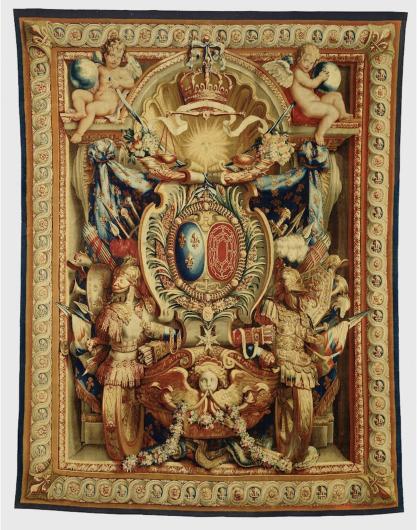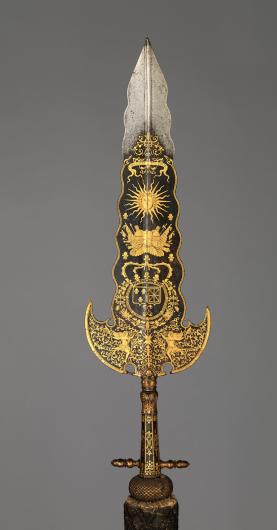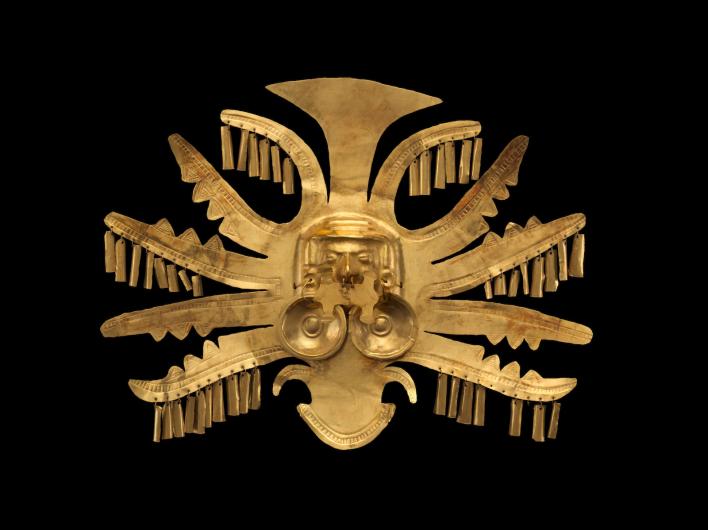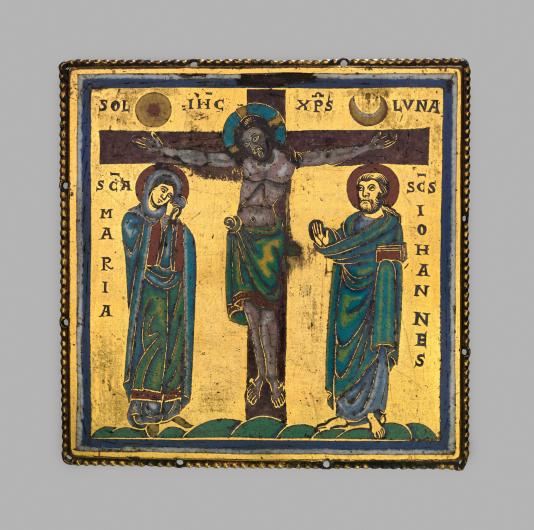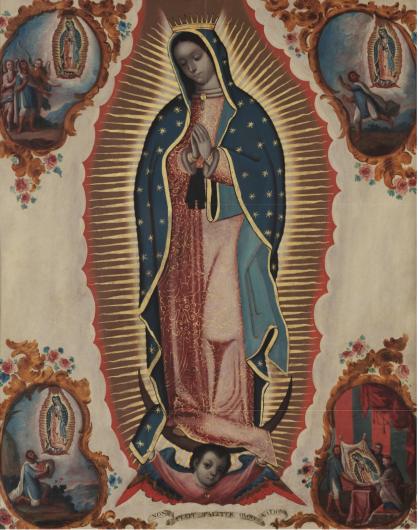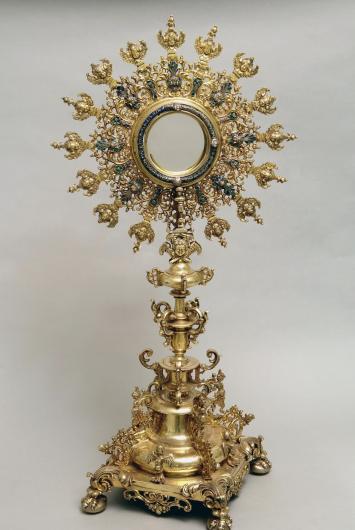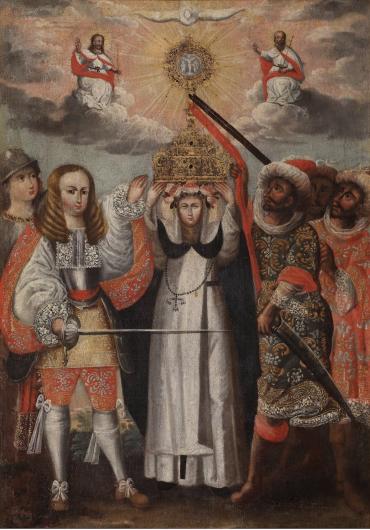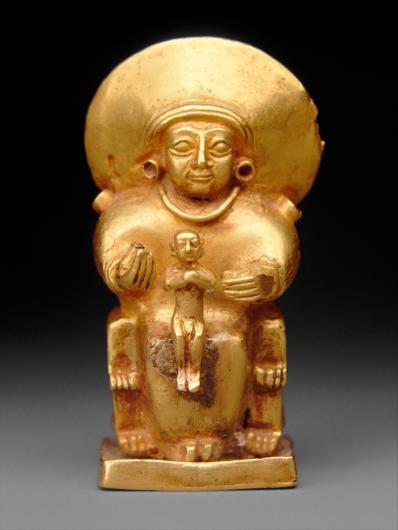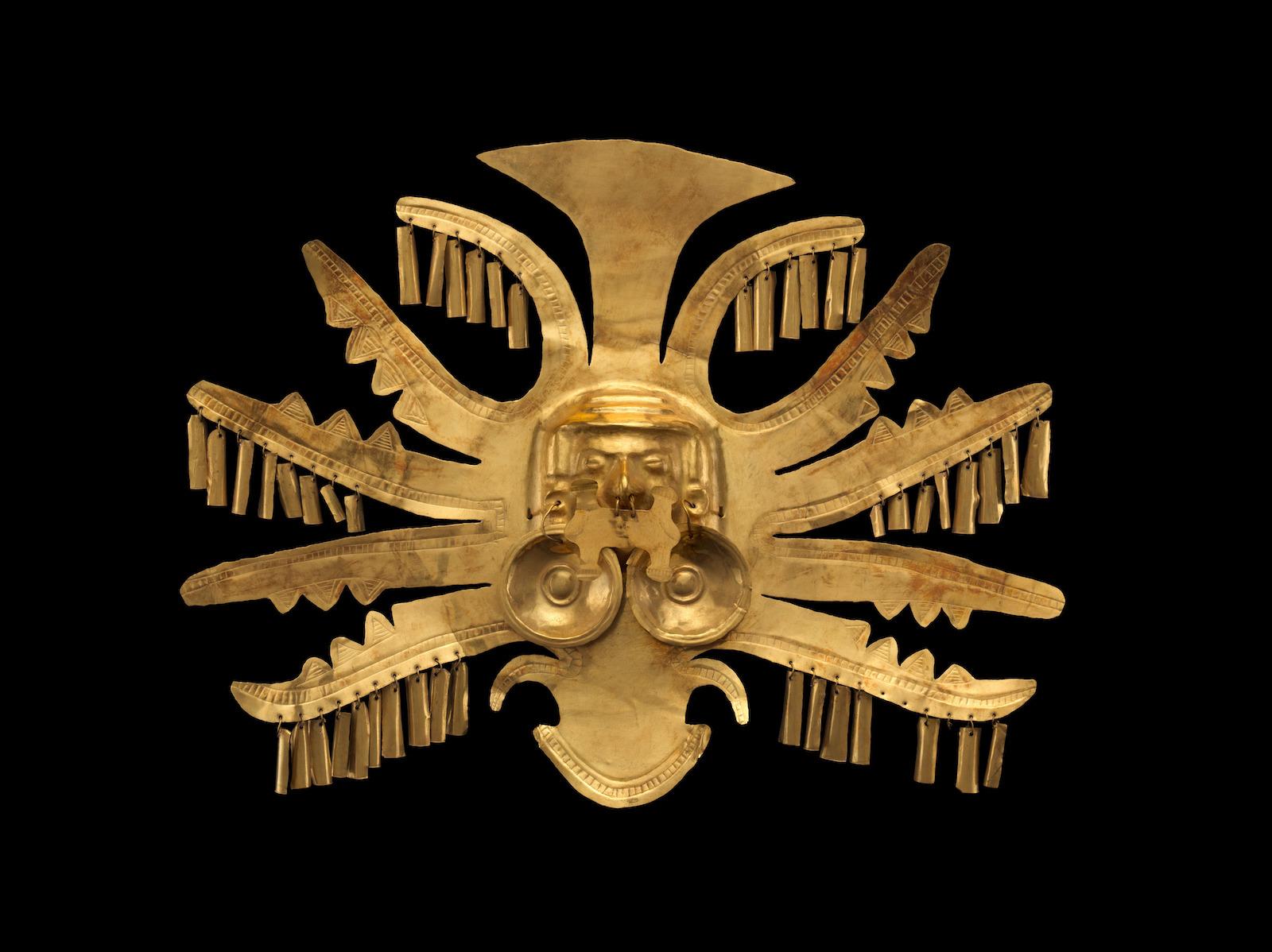
Unknown, Headdress Ornament, 1st–7th century. Made in Colombia, Calima (Yotoco). Gold. 8 1/2 × 11 1/2 ×1 1/4 in. (21.6 × 29.2 × 3.2 cm). The Met. Gift and Bequest of Alice K. Bache, 1966, 1977. 66.196.24.
With the solar eclipse expected on April 8, 2024, we're feeling the importance of the sun and its impact on our lives. The power and prevalence of the sun as a theme and symbol throughout human and art history is undeniable. From the Virgin Mary’s biblical association with Solar bodies (both sun and moon) to the Incan sun god Inti to an eventual blending of the two that can be seen to this day across South and Central America, the evidence is clear. Though it would be impossible to offer a real survey of sun symbolism across time in one space, here is a quick look at symbolic traditions that this author finds most intriguing.




